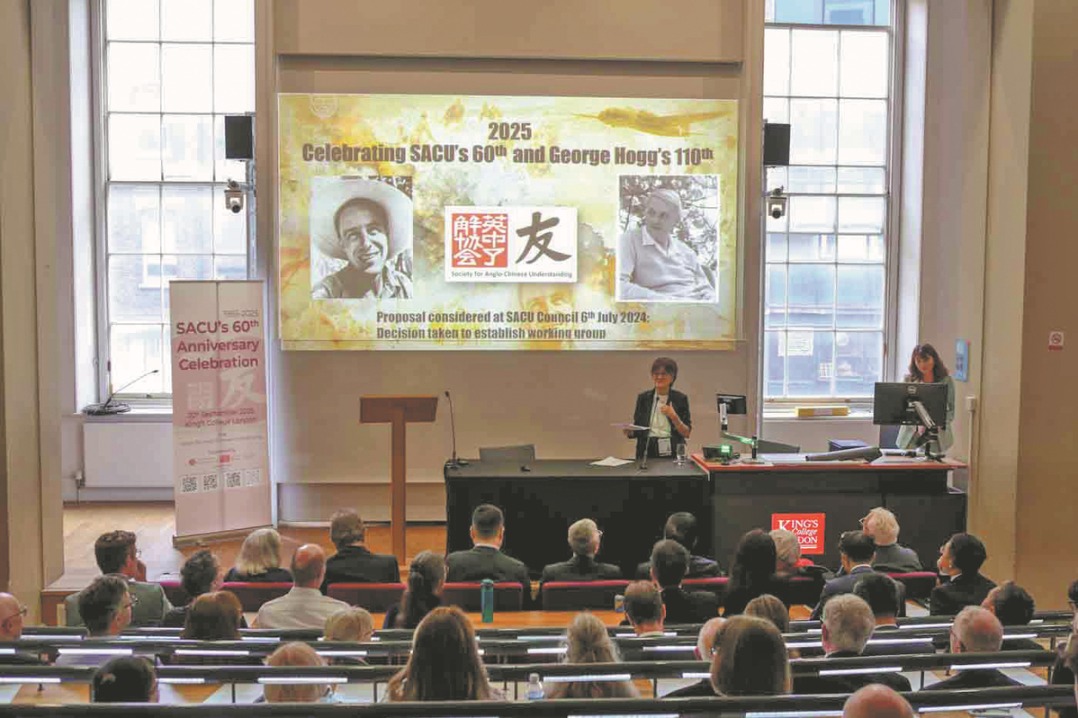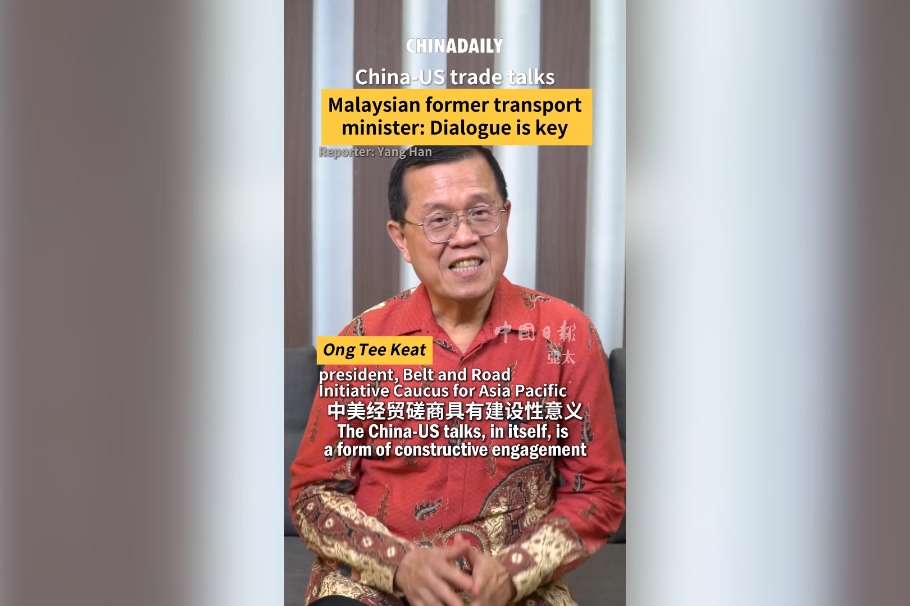Putting a stop to shifting sands
Long-running shelterbelt forest program ring-fences deserts in country's north, as Zhang Xiao reports


Green Great Wall
"We're not trying to eliminate the desert," said Feng Yiming, deputy director of the Institute of Desertification Studies at the Chinese Academy of Forestry. "Our main purpose is to lock the edges of the desert to prevent it from shifting."
With over 10 years of experience in Taklimakan sand control, Feng has a deep understanding of the relationship between humans and nature. "What we control is the desert periphery, areas that have deteriorated due to natural and human activities. In a word, it's about human-sand harmony," he said.
The successful "edge-locking" of the Taklimakan Desert means that the Hexi Corridor-Taklimakan Desert Edge Blockade Battle — one of three landmark campaigns of the Three-North Shelterbelt Forest Program — has achieved a significant milestone.
In 1978, China launched the Three-North Shelterbelt Forest Program. It stretches from Heilongjiang province in China's east to Xinjiang in the west, encompassing eight provinces, three autonomous regions and two municipalities, and covering over 4 million sq km.
As the world's largest and longest-running ecological project, it aims to control desertification in the northwestern, northern and northeastern regions of China. After more than 40 years, the program has preserved a cumulative afforested area of 320,000 sq km — roughly equivalent to the size of Italy, increasing forest coverage from 5.05 percent in 1977 to 13.57 percent today.
The Three-North program is not simply about planting trees, however, but a complex, systematic project with interconnected components. With a planned duration of 73 years (1978-2050) divided into eight phases, the sixth phase (2021-30) is underway and is a critical period for consolidating desertification control results and promoting high-quality development.
On June 6, 2023, Chinese President Xi Jinping called for an all-out effort to win the battle in the Yellow River "ji-shaped bend" region (an area semi-enclosed by the great bend of the Yellow River), the annihilation battles in the Horqin and Hunshandake sandy lands, and the blockade battle along the edges of the Hexi Corridor and Taklimakan Desert.
A project with such a long time span requires systematic long-term planning. Each generation continues the work based on previous foundations, dynamically adjusting strategies according to past results, experiences and new scientific understanding of climate change and water resource constraints.
In 1952, researchers planted Mongolian pine in Zhangwu county, Liaoning province, to control wind and sand. Only a few of the first pines survived. Beyond survival rates, some trees showed degradation and death after growth, threatening the artificial forest's long-term stability.
"When a tree dies, we replant in that position, transforming the original single-layer, same-age forest into a multiage, multilayer forest," said Chen Peng, director of the afforestation division of the Shenyang Natural Resources Bureau in Liaoning. "With different forest layers, we now have a near-natural environment."
By mixing conifers with broadleaf trees and creating varying height levels with trees and shrubs, the artificial forest closely resembles a natural formation, with stronger abilities to control sand and resist pests, he said.
Chen's area falls within the Horqin and Hunshandake sandy lands — a typical agricultural-pastoral transition zone and the natural wind-sand source closest to the Beijing-Tianjin-Hebei region.
Su Yao, deputy director of Zhangwu county forestry and grassland bureau, said their work has diversified over the years. "Mongolian pine itself has relatively low timber value and a very long harvesting cycle. So to expand the economic benefits we grafted Korean pine onto Mongolian pine," Su said. After grafting, the economic benefits from pine cones increase five to tenfold, as pine nuts from Korean pine cones are popular consumer products.
Just as dead trees cannot resist wind and sand, if tree planting generates no economic benefits for planters, it's difficult to sustain long-term participation. Zhangwu county is trying various methods to increase growers' economic returns, such as interplanting medicinal herbs and economic crops among trees — an approach that has become widely recognized and promoted.
China's understanding of ecological environments has evolved, with the Three-North program developing from the initial "simple afforestation" to coordinated management of mountains, waterways, forests, fields, lakes, grasslands and deserts as an integrated system. In 2023, the State Council, China's Cabinet, released the white paper entitled China's Green Development in the New Era, which proposed that "adhering to green development is an all-around, revolutionary transformation of production methods, lifestyles, ways of thinking and values".
























